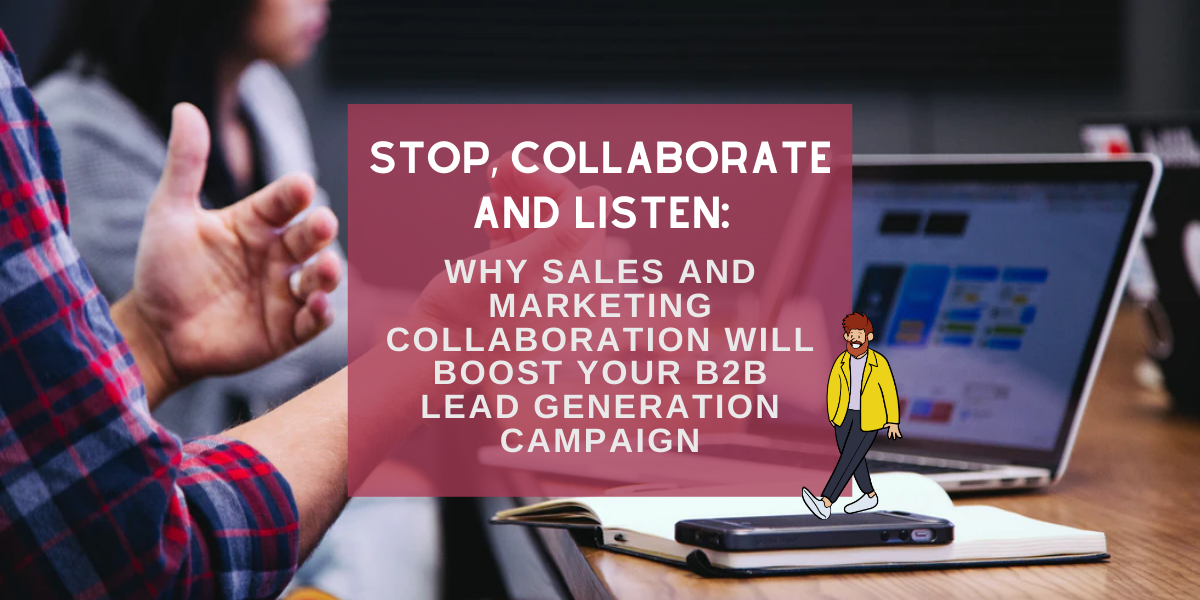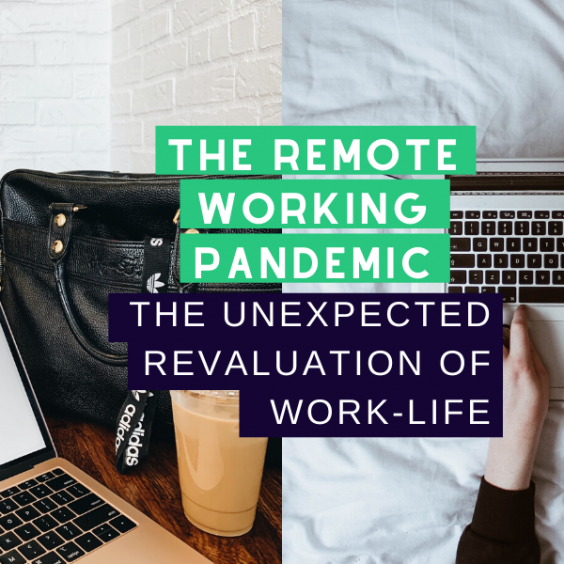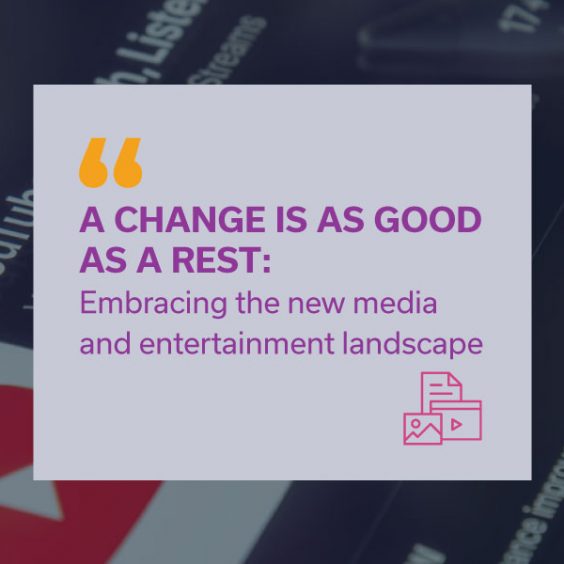As we learn to navigate the new normal, b2b technology marketers can’t simply fall back on old habits when it comes to lead generation. Numerous studies, including a recent Vanson Bourne survey, have found that decision-makers’ behaviour has changed over the past year. For instance, 57% of Vanson Bourne’s respondents reported increasing their use of social media to keep up with tech industry developments – plugging the gap left by cancelled conferences, tradeshows and networking events.
Establishing a strong relationship between sales and marketing is now more important than ever. Marketers can learn valuable insights into clients’ and prospects’ priorities by understanding the conversations sales are having. Equally, sales teams can benefit from the data insights gathered by marketing.
We’ve asked our global PR network of agency partners – Convoy – for their thoughts into how collaboration between sales and marketing is evolving in their geographies. And crucially, how it can help you identify, engage and convert your b2b technology prospects.
Get the best possible data
“In LATAM, brands can find it challenging to identify the right decision-maker, especially since Covid-19 eliminated face-to-face event interactions and tradeshows” says Mauricio Figueras, president of Interamerican Marketing Solutions. With these traditional avenues no longer available, it’s crucial that b2b marketing teams work with sales to decide what an ideal prospect looks like.
By agreeing on key company targets and personas up front, friction can be avoided during the rest of your lead generation campaign. But remember, this is an ongoing process that must be shaped by data and insights.
Perhaps a job title you’re targeting doesn’t have decision-making capability in certain geographies. Or maybe one of your target accounts has just signed with a competitor. Continuous communication with sales can help you refine and update your prospect list as you expand into new regions.
What’s keeping your prospect awake at night?
Once you have a clear idea of who your audience is, where they’re located, and the talking points that resonate with them, it’s time to turn to content marketing. The pandemic has pushed us all online, meaning brands have fewer touchpoints to engage potential clients. This makes it harder to stand out from the crowd. Webinars, eBooks and virtual events can all start to seem very similar as digital fatigue kicks in.
Since you’re not going to persuade anyone to read 2,000 words about your product’s features, the key is to focus on emotive messaging that connects with your audience’s pain points and challenges. Vânia Gracio, founder and CEO of Brazil-based Sing Communications sees obvious upsides to engaging sales in this process: “b2b marketing teams have expertise in forecasting trends and monitoring clients’ behavior, while sales teams know their clients’ needs and what they want to hear. It’s a win-win combination.”
The other benefit of understanding the stories sales teams are telling, is that this enables both parties to ensure that messaging is consistent across channels and throughout the buyer journey. In the current environment, having a compelling narrative and razor-sharp messaging is more important than ever.
Use insights to convert prospects
Now you’ve collaborated to identify your prospects, and engaged them with some quality content, the responsibility is firmly with sales to bring them aboard as a client, right? Mostly – however, at this stage of the process, marketers can assist sales by sharing key insights gathered during the engagement phase – better equipping them to convert leads.
What topics did a prospect engage with? Which channel do they tend to use? Sharing this data is crucial to building trust between the two functions says Paul O’Leary, director at New-Zealand based Pursuit PR: “Marketing automation has made the efforts and results of marketing more transparent and measurable, building greater trust and confidence among sales.”
Nolan Ovinis, responsible for account servicing and sales at Priority Consultants, notes that: “In South East Asia, we see a mixture of a siloed mentality as well as a collaborative one. It’s usually in more successful organisations that marketing engages with sales to put an effective plan in place.” This observation is backed up by various studies. For example, in 2020 LinkedIn found that 87% of sales and marketing leaders considered collaboration as critical to business growth.
Caroline Shawyer, co-founder and CEO of the PR Group Australia assesses the current picture this way: “The traditional b2b marketing and sales models are not always applicable to today’s business conditions. With companies seeking scale by going direct to consumer and offering self-service onboarding, the sales function has converged with digital marketing and user experience. As silos break down, we are seeing more holistic strategies that rely on brand awareness and behavioural insights.”
The Covid-19 pandemic has undoubtedly accelerated the already-existing trend towards closer sales and marketing collaboration. The global upheaval has compelled many brands to move beyond a siloed mentality, as they seek to rebuild their b2b lead generation strategy from the ground up. It’s clear that those who embrace this change will see the long-term benefits.
Are you ready to find your prospects? Our brand-new eBook provides a straightforward three-step process on how to generate leads, outlining the best audience engagement practices and key considerations for pushing prospects through the sales funnel. Download it here.



